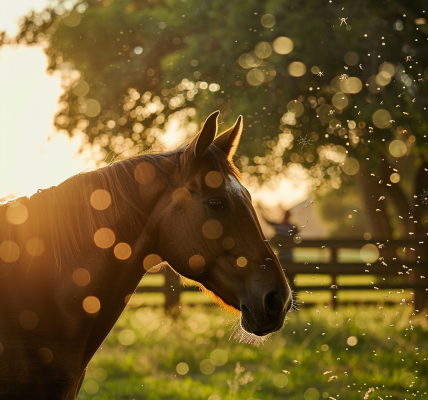In a significant move to bolster public health preparedness, federal officials have announced plans to double the stockpile of emergency bird flu vaccines amid rising infections among both humans and livestock. The announcement, made during a briefing on Friday, highlighted the urgency of addressing the H5N1 avian influenza strain as it continues to pose a risk to both animal and human health.
Three pharmaceutical manufacturers have been awarded a total of $72 million aimed at enhancing the nation’s pandemic preparedness, particularly concerning avian influenza. This funding is expected to increase the U.S. stockpile of bird flu vaccines to 10 million doses by the spring of next year, according to David Boucher, the infectious disease preparedness director at the Administration for Strategic Preparedness and Response, a division of the U.S. Department of Health and Human Services.
The initial batch of 4.8 million doses was prepared earlier this summer, although these doses have yet to be deployed. As of now, health officials have confirmed 16 instances of H5N1 avian influenza infections among humans this year, all of which have presented with mild symptoms. Importantly, there have been no reports of human-to-human transmission of the virus, a factor that currently keeps the risk to the general public at a low level, according to the Centers for Disease Control and Prevention (CDC).
The recent funding will be distributed among three key companies: CSL Seqirus, which was responsible for the initial vaccine doses, along with Sanofi and GSK. These companies will be tasked with filling and finishing the vaccines, transitioning them from bulk storage into ready-to-use vials or pre-filled syringes, ensuring that they can be swiftly distributed if necessary. Additionally, they will manufacture components for vaccines targeting circulating influenza strains, with Sanofi committing to maintain a stable supply of eggs for the production of egg-based vaccines.
The funding announcement follows the identification of two new bird flu cases among dairy workers in California, underscoring the increasing impact of the virus on agricultural communities. As of Thursday, federal officials reported that 56 dairy herds in California have been infected since the virus was first detected among cows in August. The two affected workers, both from separate Central Valley farms, exhibited symptoms including eye redness, a common indicator of H5N1 infection. Of the 16 confirmed cases of bird flu in the U.S. this year, six have occurred among dairy workers, while the remaining nine cases were linked to poultry workers in Colorado.
On Saturday, the California Department of Public Health announced that a third individual is suspected of having contracted bird flu, pending further testing by the CDC. This case, along with the previous two, involves individuals who had direct contact with infected cows from different dairy farms in the Central Valley. Fortunately, none of the infected individuals have required hospitalization, indicating that the current cases are being managed effectively.
As the situation evolves, public health officials remain vigilant, monitoring the spread of avian influenza and its potential implications for both human health and livestock. The proactive measures being taken to increase the vaccine stockpile demonstrate a commitment to safeguarding public health and maintaining readiness in the face of potential outbreaks.
In light of these developments, it is crucial for the agricultural sector and healthcare providers to remain informed about the risks associated with avian influenza and to implement necessary precautions to protect both workers and livestock. Continued research and surveillance will be essential to understanding the dynamics of this virus and ensuring that effective measures are in place to mitigate its impact.





